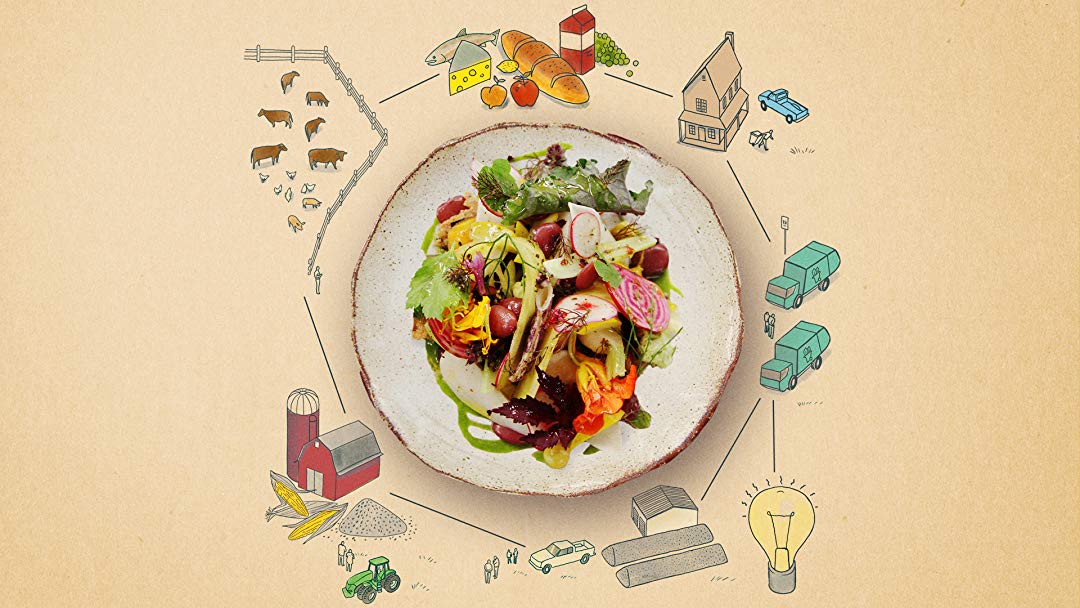Disclaimer:
Please be aware that the content herein has not been peer reviewed. It consists of personal reflections, insights, and learnings of the contributor(s). It may not be exhaustive, nor does it aim to be authoritative knowledge.
Title
Please provide a name for your action learning plan.
Piloting novel food rescue models in Bosnia and Herzegovina
Challenge statement
Challenge type: If you are working on multiple challenges, please indicate if this is your "big bet" or "exploratory" challenge.
Please note: we ask you to only submit a maximum of 3 challenges - 1x Big Bet, 2x Exploratory. Each challenge must be submitted individually.
EXPLORATORY
Challenge statement: What is your challenge? (Please answer in specific terms: "Our challenge is that...”.)
Our challenge is that there are very limited options available for addressing rising food insecurity in Bosnia and Herzegovina. Besides analytical work on existing hunger relief models and options, the Lab has been invited by a regional government to support the co-design of the first food bank in the country in the first half of 2023.
Background: What is the history of your challenge? What is causing or driving it? Who is involved? How does the current situation look like? What undesired effects does it produce?
Our Lab first encountered the food rescue topic when experimenting with solutions to food waste with the City of Sarajevo administration in 2019. Since then, while working on the creation of the first Food Losses and Waste prevention action plan in the country, an action coalition on the topic of food rescue and redistribution was naturally formed. This coincided with the interest of a regional government in addressing its hunger relief efforts by exploring the food banking models (which kicked off in June 2022) and with the successful application of our CO to the Joint SDG Fund's Development Emergency Modality on strengthening Bosnia and Herzegovina's resilience to address the impacts of the Ukraine war on food security and incomes of most vulnerable population groups. With the support of the Joint SDG fund, the second half of 2022 produced a valuable analytical baseline for:
a. understanding the distribution, needs and capacities of hunger relief services in the country (comprised mostly of soup kitchens)
b. understanding the food insecurity levels among the most vulnerable population groups in the country
c. understanding the requirements of physical infrastructure for an efficient hunger relief service and
d. understanding the legal setting and the informal systems in place that govern the system in question.
Now, with a better understanding of the system actors and drivers, as well as barriers to hunger relief efforts, we are embarking on an exploratory journey to tackle the system by modelling novel food rescue options and democratizing access to food beyond the rigid social security understanding of food poverty.
Quantitative evidence: What (official) data sources do you have on this challenge that better exemplifies the importance and urgency of this frontier challenge? You can add text, a link, or a picture.
We have mapped all hunger relief services in the country, here represented by location and the number of users: https://app.powerbi.com/view?
r=eyJrIjoiMGNmY2U1YjAtMmVmZC00NDVjLWI1ZjgtNzQ4YmI1ZTFjNjIxIiwidCI6ImIzZTVkYjVlLTI5NDQtNDgzNy05OWY1LTc0ODhhY2U1NDMxOSIsImMiOjh9
We now know how many people are being served by the soup kitchens (more than 18,000) and what food delivery modalities are present. We also know the legal environment and budgetary allocations that are available for these services. We have also assessed the level of food insecurity among the most vulnerable population groups. All of these assessments are available in the local language.
Qualitative evidence: What weak signals have you recently spotted that characterizes its urgency? Please provide qualitative information that better exemplifies the importance and urgency of this frontier challenge. You can add text, a link, or a picture.
We have seen a sharp increase in food insecurity stemming from the pandemic and peaking during the second half of 2022 due to the steep inflation and weak social protection response. At the same time, the government support to those most in need of food was lacking and what was already in place in terms of hunger relief was not sufficient to serve all who needed the service. At the same time, evidence showed that food waste and loss increased and no incentive nor mechanism was set in place to rescue food and redirect it to the families in crisis.
Value proposition: What added value or unique value proposition is your Accelerator Lab bringing to solving this challenge? Why is it your Lab that needs to work on this challenge and not other actors within UNDP, other stakeholders in the country respectively? Why is it worth investing resources to this challenge?
The unique positioning of the Accelerator Lab in the country office, our vast data function application and the system mapping and community listening skills are all combined into a comprehensive roadmap for both understanding the hunger problem in Bosnia and Herzegovina and designing new solutions for food rescue and food security provision services. The challenge of food rescue both responds to the national priorities, and the national SDG framework but also in our portfolio work on the circular economy and social justice.
Short “tweet” summary: We would like to tweet what you are working on, can you summarize your challenge in a maximum of 280 characters?
Hunger in Bosnia and Herzegovina is on the rise - more than 18,000 people depend on hunger relief services daily. UNDP Accelerator Lab is working with a range of local actors to map the root causes and implications of food insecurity in the country and develop viable solutions.
Partners
Who are your top 5 partners for this challenge? Please submit from MOST to LEAST important and state Name, Sector and a brief description of the (intended) collaboration.
Please state the name of the Parter:
Government of the Canton Sarajevo, regional ministries of social protection, local centers for social work
What sector does our partner belong to?
Government (&related)
Please provide a brief description of the collaboration.
WE are designing a food banking institution together with the governmental working group and are facilitating the process of system mapping and solution co-creation with them. Further on, our exploratory work on food insecurity so far has resulted in a set of policy recommendations and we are embarking on a policy dialogue journey with a range of governmental partners to address these systemic issues.
Is this a new and unusual partner for UNDP?
No
Who are your top 5 partners for this challenge? Please submit from MOST to LEAST important and state Name, Sector and a brief description of the (intended) collaboration.
Please state the name of the Parter:
Hunger relief services across the country (mainly soup kitchens)
What sector does our partner belong to?
Civil Society
Please provide a brief description of the collaboration.
We are working with soup kitchens to understand the rising demand for food from the vulnerable population groups, the hunger relief services' needs and legal barriers to their more effective and sustainable work and provide direct support to their operation.
Learning questions
Learning question: What is your learning question for this challenge? What do you need to know or understand to work on your challenge statement?
What are the appropriate policy and institutional mechanisms to alleviate the rising food insecurity in Bosnia and Herzegovina and contribute to food rescue efforts?
To what stage(s) in the learning cycle does your learning question relate?
Explore, Test
Usage of methods: Relating to your choice above, how will you use your methods & tools for this learning question? What value do these add in answering your learning question?
The asset mapping was done for the system we're working on, followed by behavioural insights on the use of existing hunger relief services in the country and we are now in the phase of mapping existing global solutions and designing appropriate localized hunger relief mechanisms.
Existing data gaps: Relating to your choice above, what existing gaps in data or information do these new sources of data addressing? What value do these add in answering your learning question?
Data is being used for multiple open questions: how is the public perceiving food insecurity currently on the rise? What is the level of informality in the hunger relief efforts? How many people are in need of such programmes and what do policymakers need to change in terms of enabling more equitable and fair access to food? Is there a social stigma around soup kitchens and their users, what additional services do these kitchens provide and how equipped are they for this task? How can food systems be better managed in the country to allow for food rescue and prevent food losses and waste along the supply chain? What type of food bank modus operandi would best suit the local needs and context?
Closing
Early leads to grow: Think about the possible grow phase for this challenge - who might benefit from your work on this challenge or who might be the champions in your country that you should inform or collaborate with early on to help you grow this challenge?
Once we have a pilot food rescue model for one region in the country, the CO has the power to partner with many more regions to scale it up and out, adapt it to local needs and support the most vulnerable to food insecurity. Also, we are hoping to instigate a public dialogue on food rescue and hunger relief and modernise the system for the benefit of those most in need.
END OF ACTION LEARNING PLAN: Thank you! The form saves automatically and your submission has been recorded. You may now exit this window.



 2Zero hunger
2Zero hunger 12Responsible consumption and production
12Responsible consumption and production 13Climate action
13Climate action
Comments
Log in to add a comment or reply.